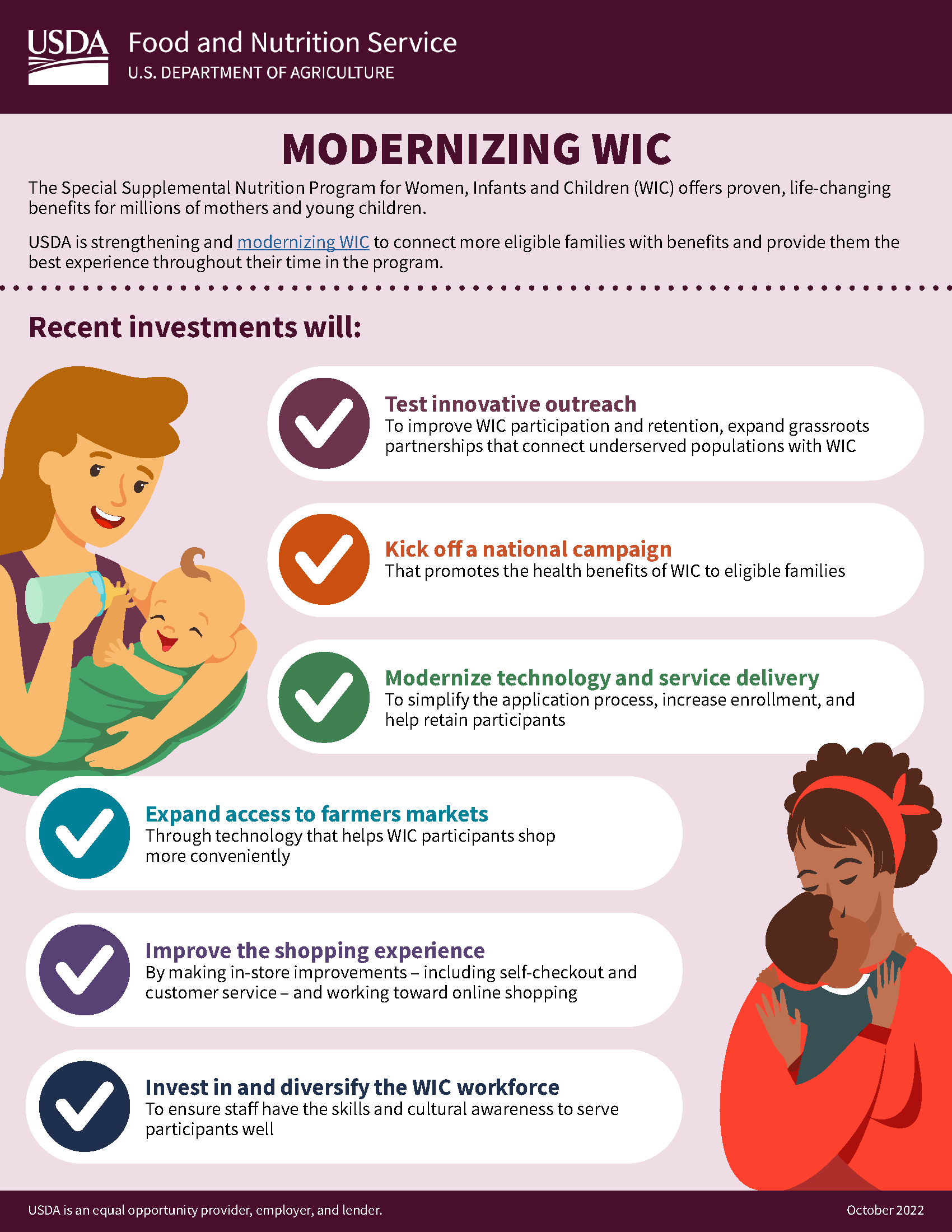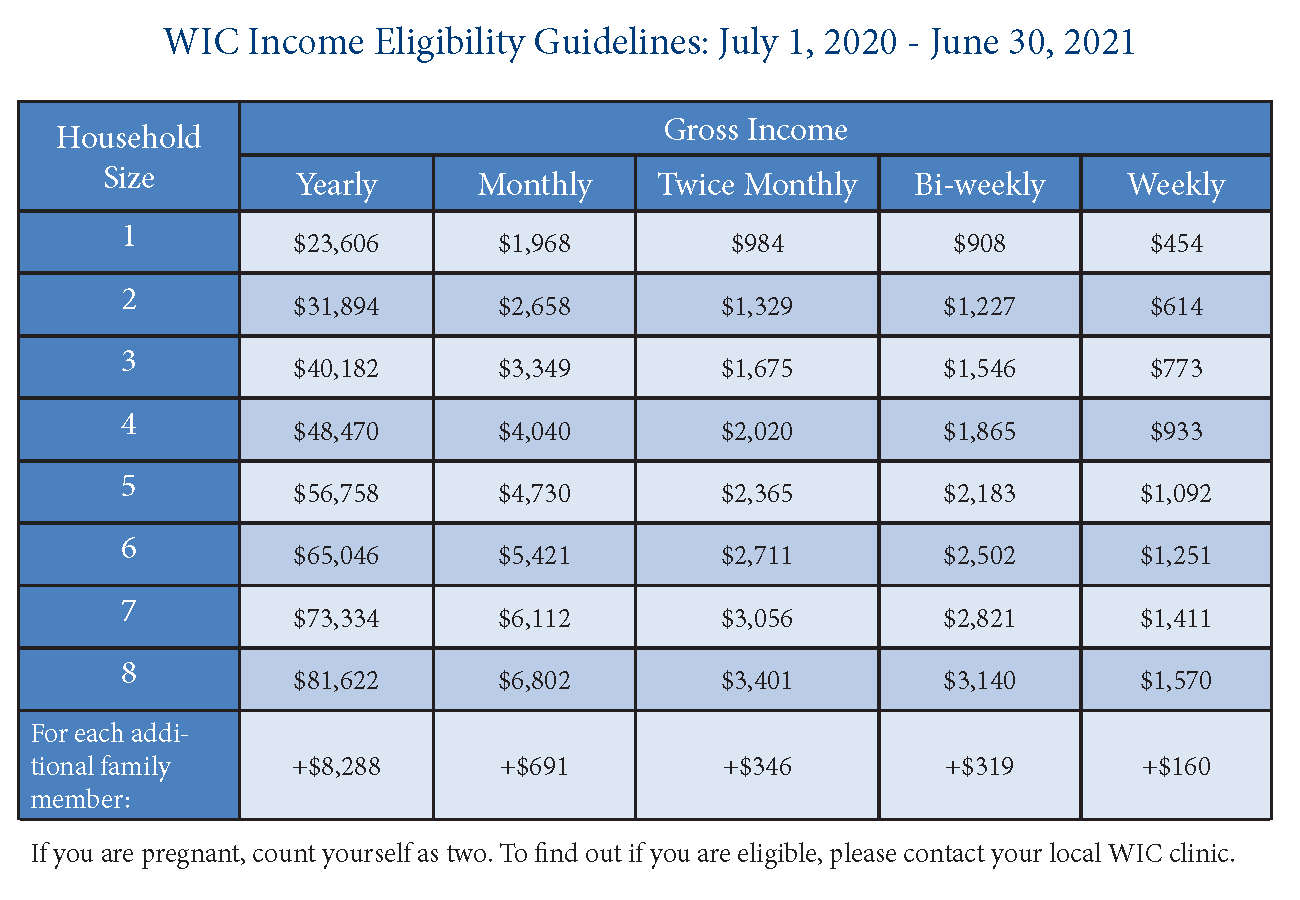Struggling to qualify for WIC despite being over the income limit? Don’t worry, you’re not alone! The Women, Infants, and Children (WIC) program is a lifesaver for many families, but navigating the eligibility rules can feel like solving a complicated puzzle. If your income is slightly above the threshold, there are still ways to make it work. Let’s dive into the details and explore every possible avenue to help you access this vital support system.
WIC is more than just a program; it’s a lifeline for countless families across the U.S. providing essential nutrition and resources to ensure healthy development for moms and kids. But what happens when your income edges just above the eligibility line? Does that mean you’re automatically disqualified? Not necessarily! There are strategies and loopholes—legal ones, of course—that can help you secure the benefits you need.
This guide will walk you through everything you need to know about WIC eligibility, including alternative methods to qualify, ways to lower your effective income, and tips to maximize your chances of getting approved. Whether you’re a first-time applicant or someone who has been denied before, we’ve got you covered. Let’s get started!
Read also:Unveiling The Charismatic Matthew Beard A Journey Through His Life Career And Legacy
Understanding WIC Eligibility
Before we dive into the nitty-gritty of how to qualify for WIC if your income is too high, let’s take a moment to understand what WIC is all about. WIC stands for Women, Infants, and Children, and it’s a federal assistance program designed to provide nutritional support to low-income pregnant women, new mothers, and young children. The program offers a range of benefits, including food vouchers, breastfeeding support, and nutrition education.
Who Qualifies for WIC?
To qualify for WIC, applicants must meet specific criteria related to income, residency, and nutritional risk. Here’s a quick breakdown:
- Income Limits: Your household income must fall within a certain percentage of the Federal Poverty Level (FPL). Typically, this is around 185% of the FPL, but it can vary by state.
- Residency: You must be a resident of the state where you’re applying.
- Nutritional Risk: You or your child must have a documented nutritional risk, which can be assessed by a healthcare provider.
Now, here’s the kicker: even if your income is slightly above the limit, there are ways to adjust your situation to meet the requirements. Stick with us, and we’ll show you how!
How to Qualify for WIC If Your Income is Too High
So, you’ve done the math, and your income is just above the WIC eligibility threshold. Does that mean you’re out of luck? Not at all! There are several strategies you can use to lower your effective income or demonstrate other qualifying factors. Let’s explore them one by one.
1. Adjusting Household Size
One of the simplest ways to qualify for WIC is by adjusting your household size. Adding or removing members from your household can significantly impact your income-to-household ratio. For example, if you’re a single parent with one child, adding a roommate or another family member to your household could help you meet the income requirements.
Pro Tip: Make sure everyone in your household is included in your application. Even if they don’t rely on you financially, their presence can help balance out the income equation.
Read also:Are Michael Che And Colin Jost Friends The Untold Story Behind Their Dynamic Duo
2. Exploring Deductions
Did you know that certain expenses can be deducted from your income when calculating WIC eligibility? These deductions can help lower your effective income and bring you within the qualifying range. Common deductions include:
- Childcare costs
- Medical expenses
- Education expenses
- Housing costs
Make sure to gather documentation for these expenses before applying. The more deductions you can claim, the better your chances of qualifying.
3. Demonstrating Nutritional Risk
Even if your income is slightly above the limit, you may still qualify for WIC if you or your child has a documented nutritional risk. This could include conditions like anemia, underweight, or pregnancy complications. A healthcare provider can assess your situation and provide the necessary documentation to support your application.
Lowering Your Effective Income
If adjusting your household size or claiming deductions isn’t enough, there are other ways to lower your effective income. Here are a few creative strategies to consider:
1. Temporary Job Loss
If you or your spouse has recently experienced a job loss or reduction in hours, this could temporarily lower your income enough to qualify for WIC. Be sure to provide proof of your current income status when applying.
2. Seasonal Income Fluctuations
For those with seasonal or irregular income, WIC allows for a more flexible assessment of your financial situation. Instead of looking at your annual income, they may consider your income over the past few months. This can be especially helpful if you’ve had a slow season recently.
3. Applying for Other Assistance Programs
Did you know that qualifying for other assistance programs like SNAP (Supplemental Nutrition Assistance Program) or Medicaid can automatically make you eligible for WIC? If you haven’t already applied for these programs, it’s worth exploring. Not only could they help with WIC eligibility, but they also provide additional support for your household.
Common Misconceptions About WIC Eligibility
There are several myths and misconceptions surrounding WIC eligibility that can deter potential applicants. Let’s bust some of these myths and set the record straight:
1. Myth: You Can’t Qualify If You Have a Job
Fact: Having a job doesn’t automatically disqualify you from WIC. What matters is your household income relative to the FPL. Even if you’re employed, you can still qualify if your income falls within the eligible range.
2. Myth: You Need to Be on Welfare to Get WIC
Fact: While WIC and welfare programs often overlap, they are not mutually exclusive. You can qualify for WIC without being on welfare, and vice versa. Each program has its own set of eligibility criteria.
3. Myth: WIC Only Helps Pregnant Women
Fact: WIC provides support for pregnant women, new mothers, and children up to age five. Whether you’re breastfeeding, formula feeding, or just need nutritional guidance, WIC has resources for you.
Steps to Apply for WIC
Now that you know how to qualify for WIC even if your income is too high, let’s walk through the application process step by step:
1. Locate Your Local WIC Office
Every state has its own WIC program, so the first step is to find your local WIC office. You can do this by visiting the official WIC website or contacting your state’s health department.
2. Gather Required Documents
Before applying, make sure you have all the necessary documents ready. These typically include:
- Proof of identity (driver’s license, state ID, etc.)
- Proof of residency (utility bill, lease agreement, etc.)
- Proof of income (pay stubs, tax returns, etc.)
- Proof of pregnancy or child’s age (if applicable)
3. Attend an Appointment
Once your documents are in order, schedule an appointment with your local WIC office. During the appointment, a WIC representative will review your application, assess your eligibility, and provide guidance on next steps.
Benefits of WIC
Qualifying for WIC opens up a world of benefits that can make a significant difference in your life. Here’s a quick rundown of what you can expect:
1. Nutritional Support
WIC provides vouchers for purchasing healthy foods like fruits, vegetables, whole grains, and dairy products. These vouchers can be redeemed at authorized retailers, making it easy to access the nutrition you need.
2. Breastfeeding Support
If you’re a new mom, WIC offers extensive breastfeeding support, including counseling, education, and access to breast pumps. This can be invaluable in helping you achieve your breastfeeding goals.
3. Nutrition Education
WIC also provides valuable nutrition education to help you make informed choices about your diet and your child’s development. From meal planning to cooking tips, WIC has resources to support your journey.
Challenges and Solutions
While WIC is an incredible program, there are challenges that some applicants face. Here are a few common issues and how to overcome them:
1. Complex Application Process
Solution: Reach out to your local WIC office for guidance. Many offices offer assistance with the application process and can help you navigate any obstacles.
2. Limited Availability of WIC Foods
Solution: Check with local retailers to see which stores accept WIC vouchers. Many grocery chains have dedicated sections for WIC-approved items, making it easier to find what you need.
3. Stigma Associated with WIC
Solution: Remember that WIC is a program designed to help families thrive. There’s no shame in seeking support when you need it. Focus on the benefits and how they can improve your quality of life.
Conclusion
Getting WIC benefits, even if your income is too high, is absolutely possible with the right strategies and mindset. By adjusting your household size, exploring deductions, and demonstrating nutritional risk, you can increase your chances of qualifying for this vital program. Don’t let the income limit deter you from accessing the support you deserve.
We encourage you to take action today! Visit your local WIC office, gather your documents, and start the application process. And don’t forget to share this article with others who might benefit from the information. Together, we can ensure that every family has access to the nutrition and resources they need to thrive.
Table of Contents:


